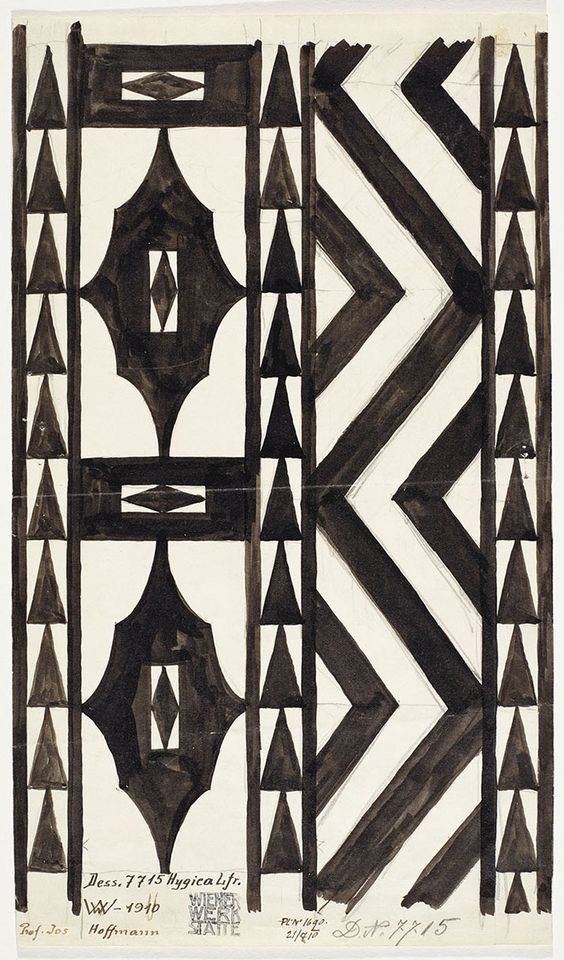Josef Hoffmann was born in Brtnice, Moravia, now part of the Czech Republic in 1870. Hoffmann studied architecture at the Academy of Fine Arts in Vienna, Austria, under Art Nouveau architect Otto Wagner, whose theories of functional, modern architecture profoundly influenced his works. In 1898, he established his own practice in Vienna, inspired by Mackintosh and the Glasgow School. He was one of the founding members with Gustav Klimt of an association of revolutionary artists and architects known as the Vienna Secession. With Fritz Warndorfer and artist Koloman Moser, he established the Wiener Werkstätte in order to bring modern design to the general public. Although Hoffman's earliest works belong to the Secessionist tangent of the Art Nouveau, his later works introduced a vocabulary of regular grids and squares. The functional clarity and abstract purity of his later works mark him as an important precursor of the Modern Movement. A highly individualistic architect and designer, Hoffmann's work combined the simplicity of craft production with a refined aesthetic ornament. He died in Vienna in 1956. His major works include Palais Stoclet in Brussels, Belgium.

































